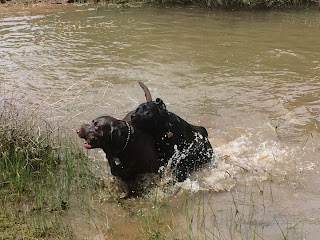Sheryl
Oring Artist Talk
James
Davidson
On March 2, I went to see Sheryl Oring talk about her
projects that she was working on. She mainly talked about Writers Block and I wish to
say. She also had a book that she
was selling at the talk. Her art is photography, performance, and interactive. She
likes for her art to mean something, to be socially engaging, about things that
really matter to her.
The earlier project, Writers
Block confronts the subject of censorship it was conceived in Germany near
at the site were books were burned by the Nazis in the days before World War
Two, which is the most destructive war in history. The site has a monument
which is a sculpture of empty book shelves that can be observed through a
window underground. She felt that she should do something as well. So she
decide to make a sculpture of typewriters from the 1920s’ and 30s’ trapped in steel cages made from construction
steel to represent the writers who were censored. The event was supported by
numerous writers and people then went on tour.
The project I wish
to say is about the need for people to be heard by our leaders. So she gathered
actors who would dress like secretaries and then they would type out what
people wanted to say. These writings would be used in installments and then
mailed to the politicians that were supposed to be representing the people.
This is an on going project which travels from city to city in the United
States. A list of cities, exhibits and events with Sheryl is avaible on her
website.
I found her talk interesting, it is important for artist
to use art to communicate issues that matter to humanity. To help get the
message of the people out, inform and otherwise let our leaders know that we
are hear. I took from her talk to make art matter and art that matters.
















